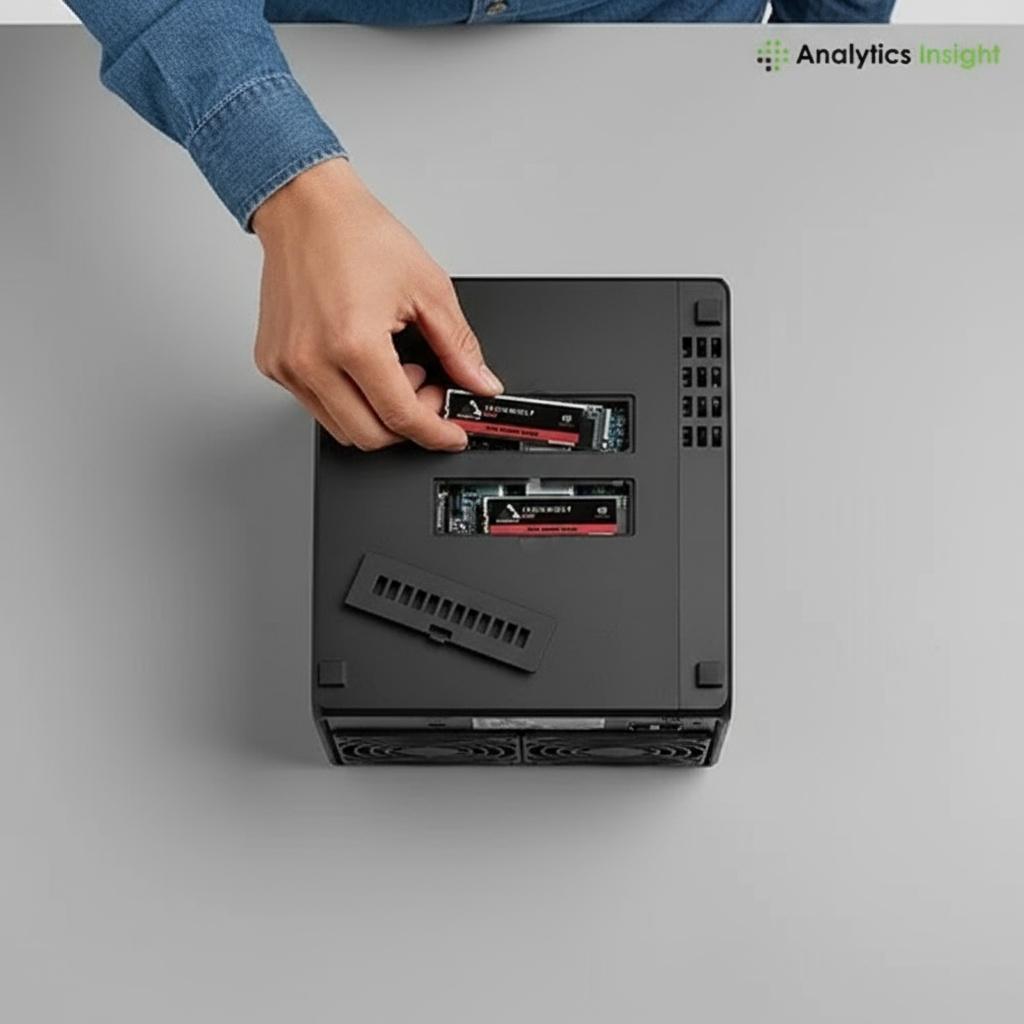Choosing the right SSD for your NAS in 2025 can make the difference between a snappy, reliable system and one that struggles under modern workloads. Whether you’re running VMs, Plex, databases, photo libraries, or 10GbE file sharing, SSDs offer faster I/O, lower latency, and better responsiveness than HDDs—especially when caching hot data or building an all-flash array. Here’s a practical, up-to-date guide to help you select the best options and avoid common pitfalls.
Start by deciding how the SSDs will be used in your NAS. For the primary storage pool, 2.5-inch SATA SSDs remain a cost-effective, widely compatible choice. If your NAS supports M.2 slots, PCIe NVMe drives are ideal for read/write caching or even all-flash volumes on higher-end models. NVMe typically delivers dramatically higher throughput and IOPS, but ensure your NAS hardware and OS (Synology, QNAP, TrueNAS, Unraid) can fully leverage that speed.
Endurance and reliability are critical. Look closely at TBW (terabytes written) or DWPD (drive writes per day) ratings if you expect heavy writes from VMs, video editing, or databases. Features like power-loss protection (PLP), strong error correction, and consistent sustained performance can safeguard data and prevent sudden slowdowns. A 5-year warranty with a robust endurance rating is a strong indicator of long-term stability.
Right-size capacity to your role. Cache drives don’t always need to match your pool size, but giving your cache enough headroom matters—especially for mixed read/write workloads. For all-flash arrays, consider slightly larger capacities than you think you need to allow overprovisioning, maintain performance, and extend lifespan. Balancing cost, capacity, and endurance will give you a more predictable experience over time.
Thermals and compatibility are frequently overlooked. Many compact NAS enclosures have limited airflow, so NVMe SSDs may throttle without adequate cooling. Check your chassis clearance before adding heatsinks, and verify your specific model is on the vendor’s compatibility list where applicable. Keep firmware updated and confirm TRIM support is enabled for optimum longevity and performance.
Recommended options to consider in 2025 include: Samsung 990 Pro (PCIe Gen4) for top-tier NVMe performance in demanding caches or all-flash volumes; WD Red SN700 (NVMe) and Seagate IronWolf 525 (NVMe) for NAS-focused endurance and stability; Synology SNV3510 for environments where PLP and vendor-tuned firmware matter; and Crucial MX500 or Seagate IronWolf 125 for reliable, budget-friendly SATA pools. Always match drive capabilities to your expected workload intensity.
To get the most from your NAS SSD setup, tune your storage stack. Align RAID or pool configuration (e.g., RAIDZ, RAID 10, or mirror) with your workload profile and resilience needs. For 10GbE or faster networks, use jumbo frames and ensure your switch and NICs are configured consistently. Protect writes with a UPS, monitor SMART metrics, and periodically test cache effectiveness so you can adjust strategy if your workload changes.
Before you buy, run through a short checklist: confirm interface and form factor fit; verify endurance and warranty; review vendor compatibility lists; plan for cooling; and size capacity based on role (cache vs. primary pool). With the right SSDs, your NAS can feel dramatically faster, scale more gracefully, and keep your data accessible and safe—no matter how your needs evolve in 2025.






